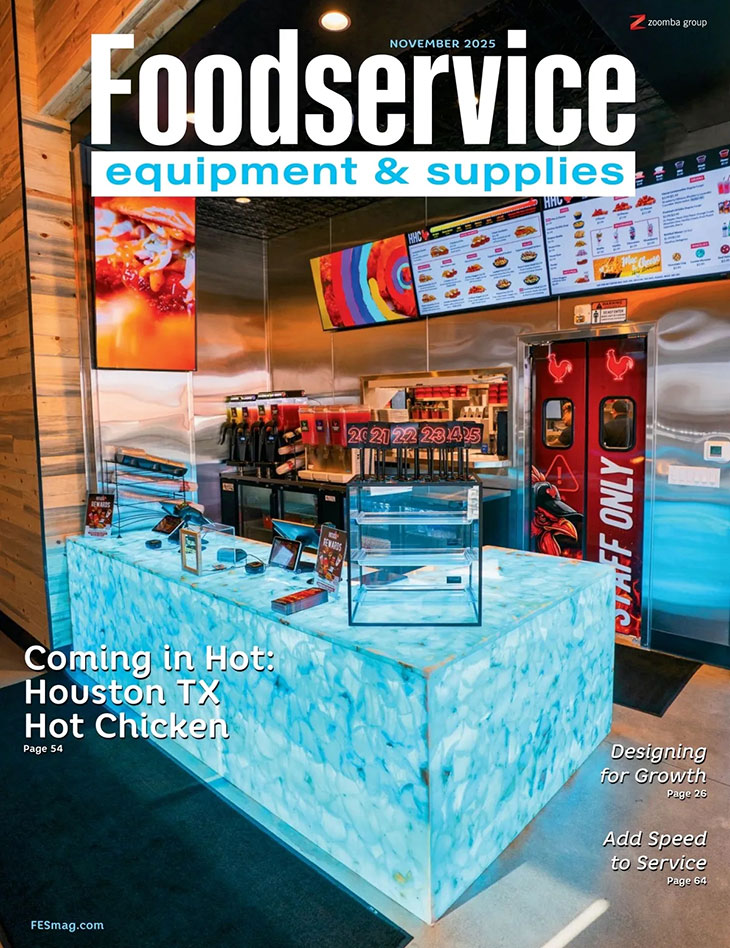For several decades, the U.S. Department of Labor has published the number of jobless claims that were filed the previous week. The data comes from hard numbers, not projections or from a sample. Now there were occasional adjustments when a state got behind in filing its claims. For example, in the wake of a hurricane a few years ago Puerto Rico fell behind in filing new claims for months.
Fast forward to today, during a period when jobless claims statistics land on the front page of local newspapers and serve as major stories on television news it seems all kinds of problems have arisen with this data. In fact, Crain’s Cleveland Business documented all kinds of problems with the initial claims. Space limitations don’t allow for a complete list of the problems, but Crain’s does a good job of lining up a whole list of things to justify the headline “U.S. jobless claims data becomes trickier as economic gauge.”
The large volume of claims presents a huge problem. Claims that had been running at slightly greater than 200,000 a week suddenly skyrocketed into the millions. A total of 38.6 million claims were filed from mid-March to May 21. This is roughly equal to all the claims filed because of the Great Recession running from December 2007 to June 2009. Crain’s also reports Washington State paid out hundreds of millions of dollars in benefits to imposters.
In the coming weeks business leaders will use initial-jobless claims stats to make decisions on how to begin to bring their organizations back online following mandated closures aimed at slowing the spread of COVID-19. Hopefully, they will use these figures cautiously.
Economic News This Week
- Gross Domestic Product decreased by 5% in the first quarter of 2020, per the U.S. Bureau of Economic Analysis. This is .2% greater than the bureau’s initial estimate.
- Initial-jobless claims totaled 2.32 million, a decline of 323,000 for the week ending May 23. The 4-week moving average totaled 2.61 million, a decline of 436,000.
- Consumers spent less and saved more in April. Personal consumption expenditures decreased by 3.6%, according to the Bureau of Economic Analysis. This represents the largest decline since the survey began in 1959. Disposable personal income rose 12.9%, which is a result of increases in unemployment insurance payments and rescue programs. This offset some of 8.0% decline in wages and salaries lost to firings and furloughs.
- April new single-family home sales totaled 623,000 on a seasonal, annually adjusted basis, per The US Census Bureau. This represents a 0.6% increase compared to March but a decrease of 6.2% from April of last year.
- The Conference Board’s Consumer Confidence Index “held steady” in May after a steep dive in April. The Index is now at 6, up a hair from 85.7 in April. The Present Situation Index fell from 73.0 in April to 71.1 in May. But the Expectations Index rose a bit, improving from 94.3 in April to 96.9 in May.
- The University of Michigan’s Index of Consumer Sentiment has been largely unchanged for the last two months after plunging in March. The Index hit 72.3 in May, virtually the same as April’s reading of 71.8. The Current Economic Conditions Index showed improvement, rising to 82.3 in May from 74.3 In April. In contrast, the Index of Consumer Expectations fell to 65.9 from 70.1.
- The Chicago Business Barometer fell in May to 32.3. This is the barometer’s lowest level since March 1982. New Orders dropped 2.3 points to its lowest reading since July 1980. Production declined by 6.3 points after a sharp fall in April. Order Backlogs fell the most falling 28 points to its lowest level since March 2009.
Foodservice News This Week
- Restaurant Brands International reports sales improved. Popeyes Louisiana Kitchen saw us same-store sales rise a dramatic 40% as of the third full week in May. Popeye’s sales have been driven by the phenomenal success of its spicy chicken sandwich. RBI reported same-store sales at its two other brands, Burger king and Tim Horton’s, remain negative but have improved since mid-March.
- After filing for bankruptcy, the U.S. division of Le Pain Quotidien sold all 98 of its locations to Aurify Brands. The Belgian-based company appeared to have difficulties before the coronavirus struck. Aurify plans to open at least 35 Le Pain Quotidien locations.
- Potbelly is struggling and it wants Chase Bank to cut the company a deal. It appears the bank refuses to negotiate, though.
- There is no doubt some restaurants and retailers will not survive the pandemic. That likely means a real estate shuffle is coming. While not “wishing ill on anyone,” Bloomin’ Brands CEO Dan Deno sees opportunities for those operators who survive and have the capital to expand. One analyst predicts chains will gain as much as 15% share of market at the expense of independents.
- JDE Peet, the Netherlands-based owner of Peet’s Coffee, raised $2.5 billion in a stock offering. This is one of the of the largest public offerings so far this year and the financial community found it encouraging with the COVID-19 pandemic weighing on the world economy.
- Growth Chains: Creative Culinary Communities (C3) launched its third delivery-only concept: Plant Nation. The vegan only chain has 8 units open in Los Angeles and plans in the next 6 months to add more than 40 locations including operations in Chicago, Los Angeles, Miami, New York, and San Francisco.
- Comparable Store Sales Reports: Arcos Dorados down 4.5%, Carrols Restaurant Group (Burger King down 5.7% and Popeye’s up 3.2%), The Cheesecake Factory down 12.5%, FAT Brands down 10.5%, Papa John’s Pizza (North America up 5.3%, company-owned units up 6.1% and franchised locations up 5.1%, Potbelly Sandwich Shops down 10.1% and Ruth’s Chris Steakhouse down 13.5%.
For details and same store sales of other chains, Please Click Here for the latest Green Sheet.




